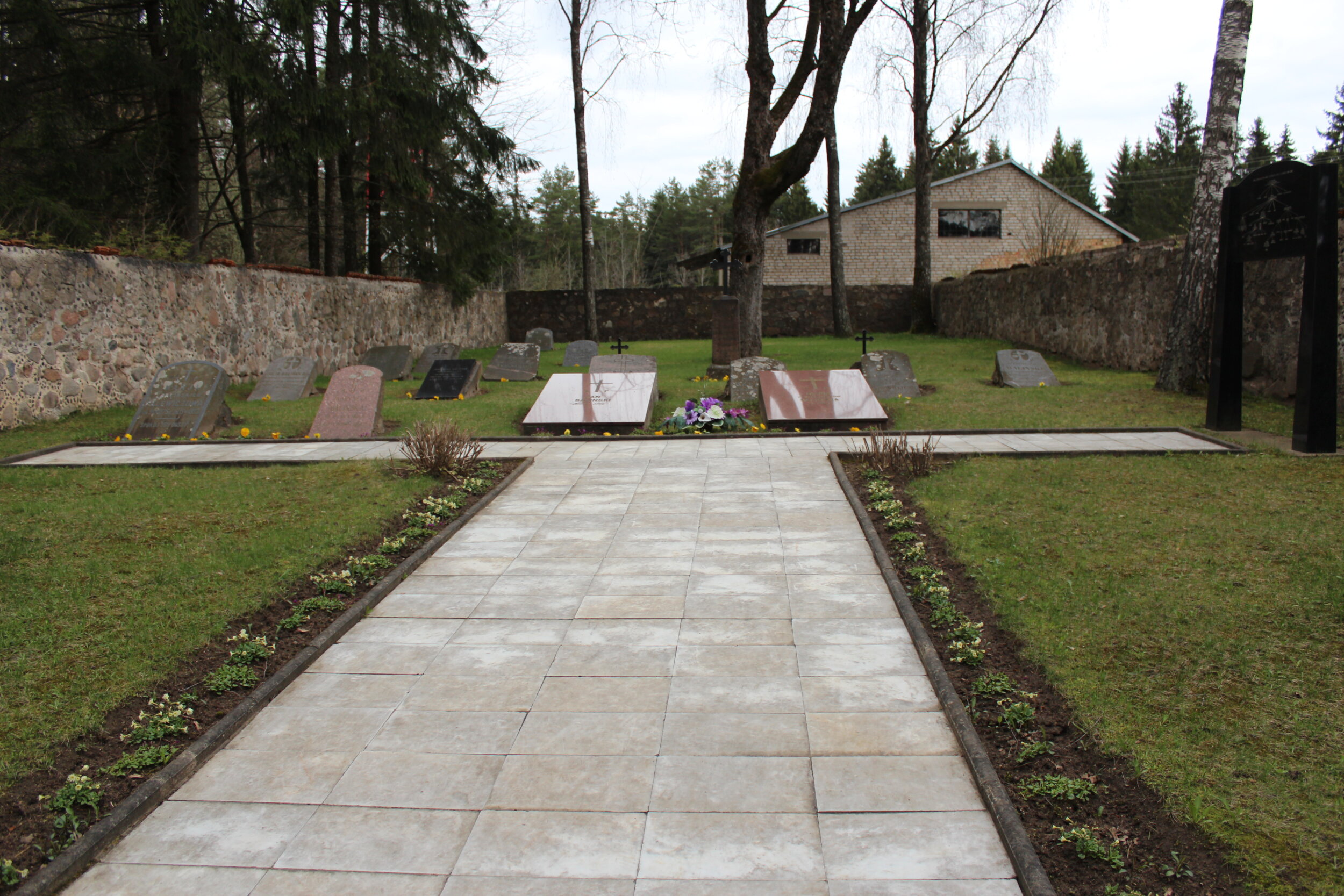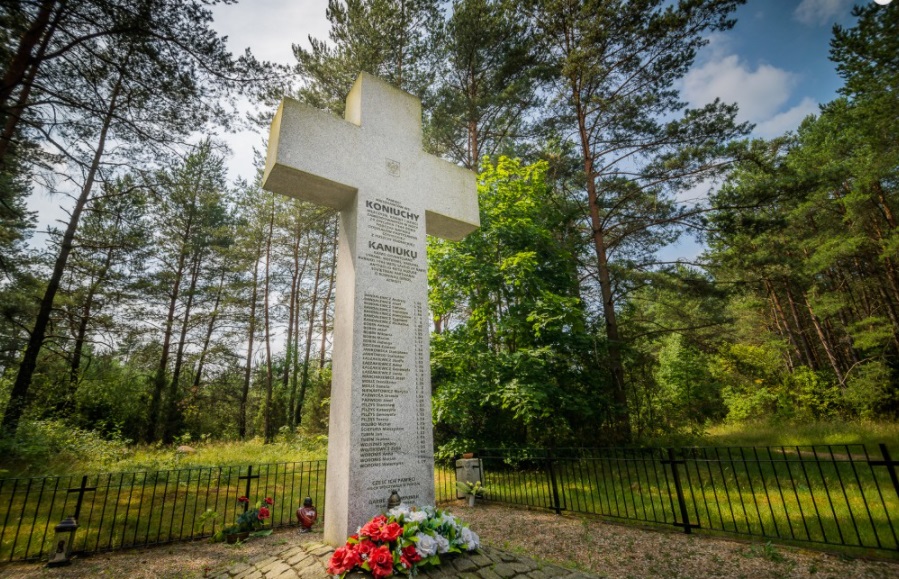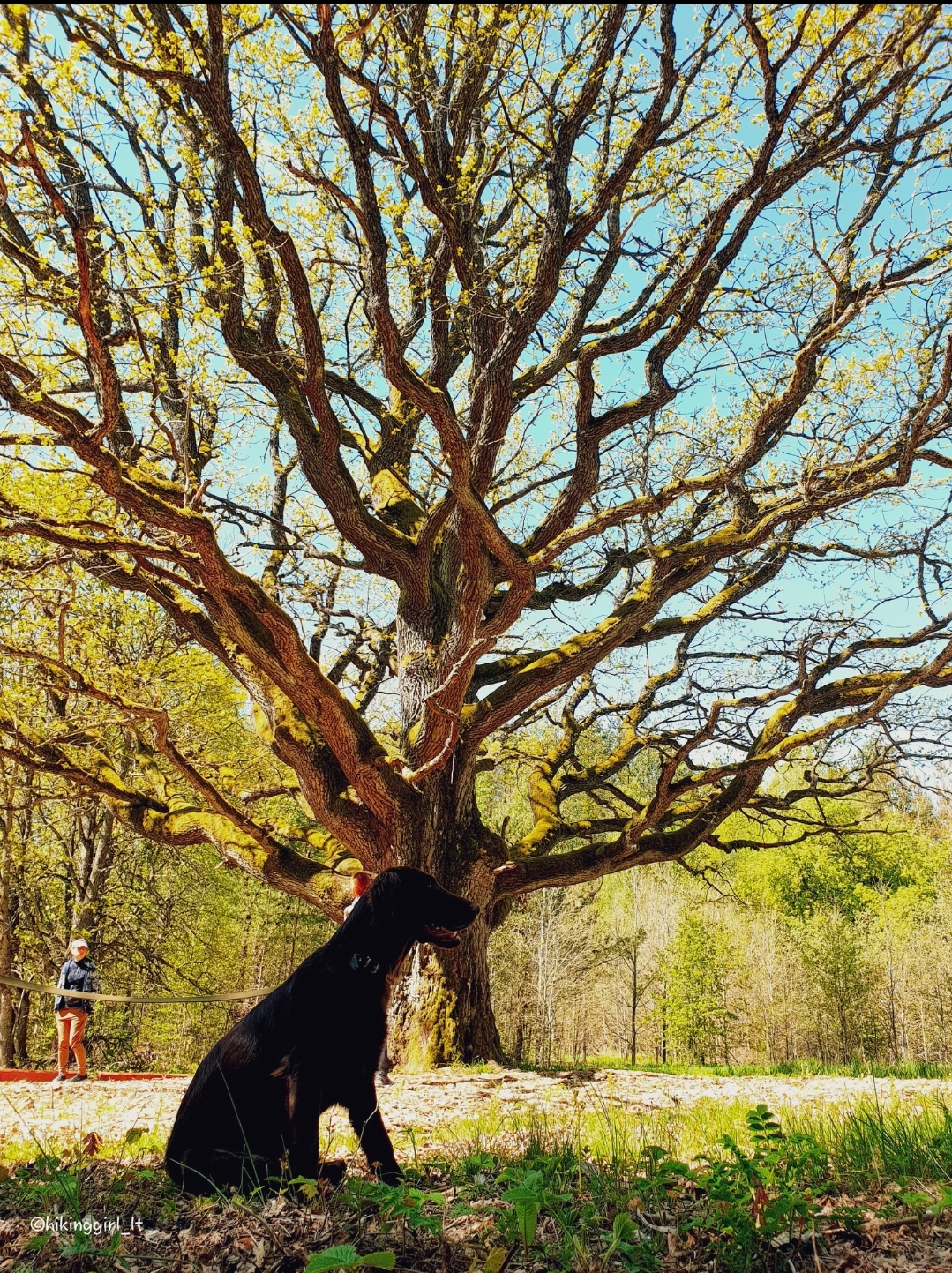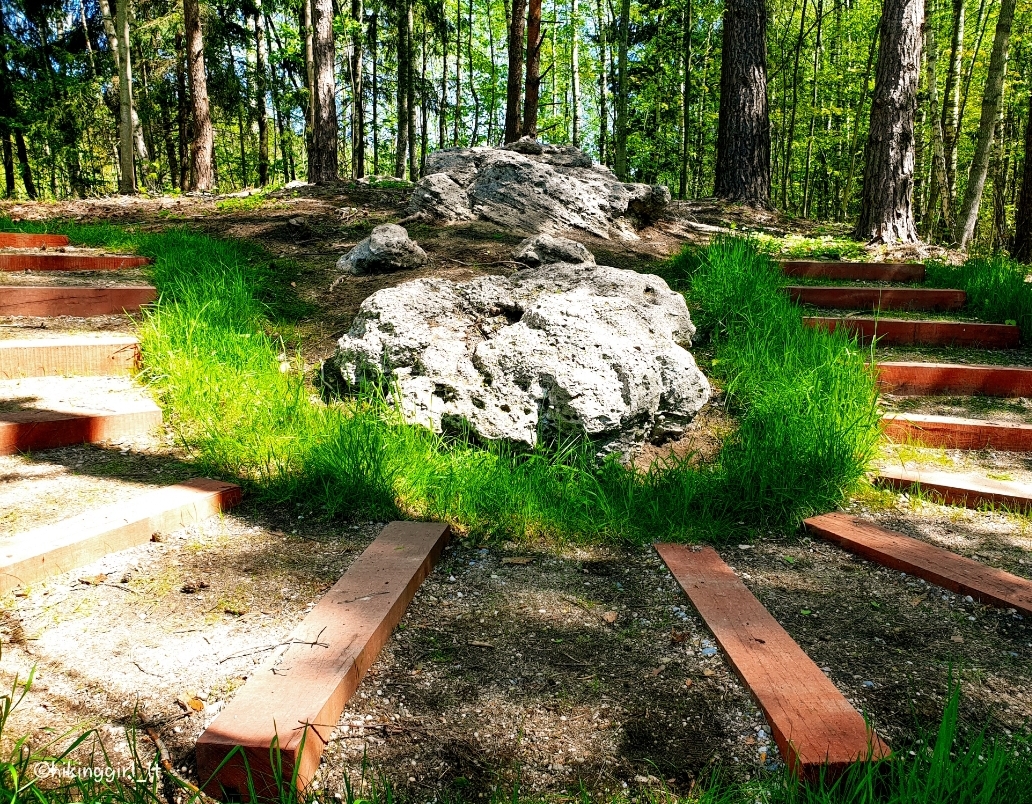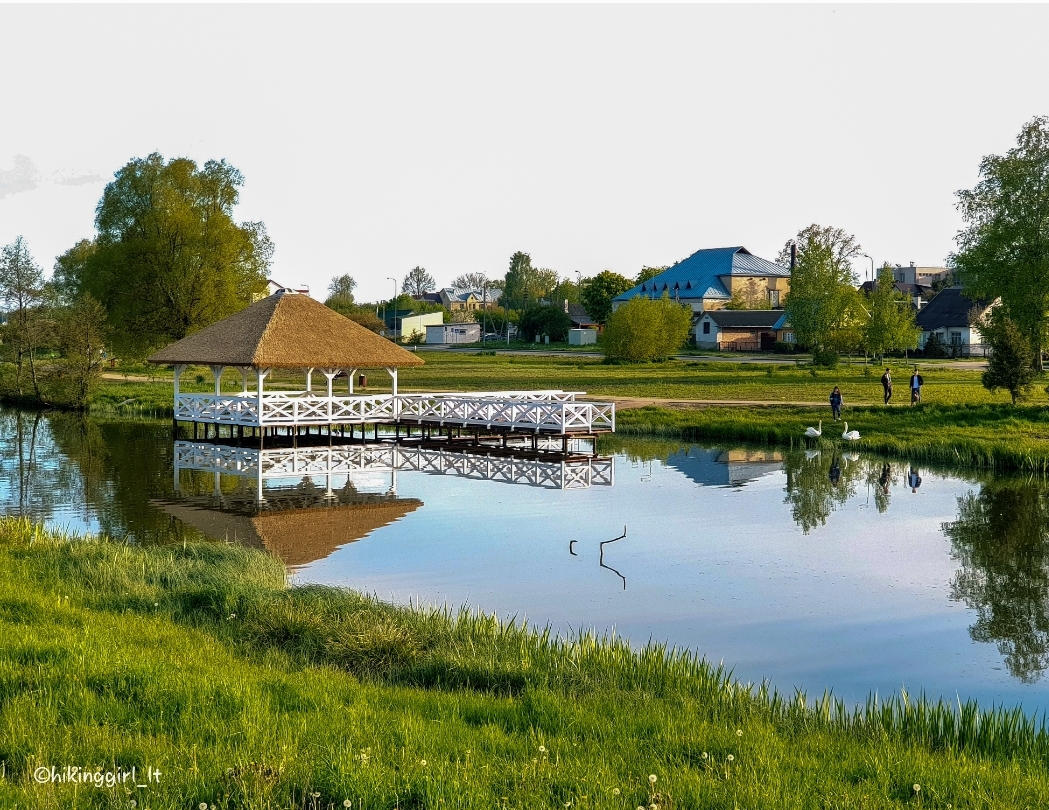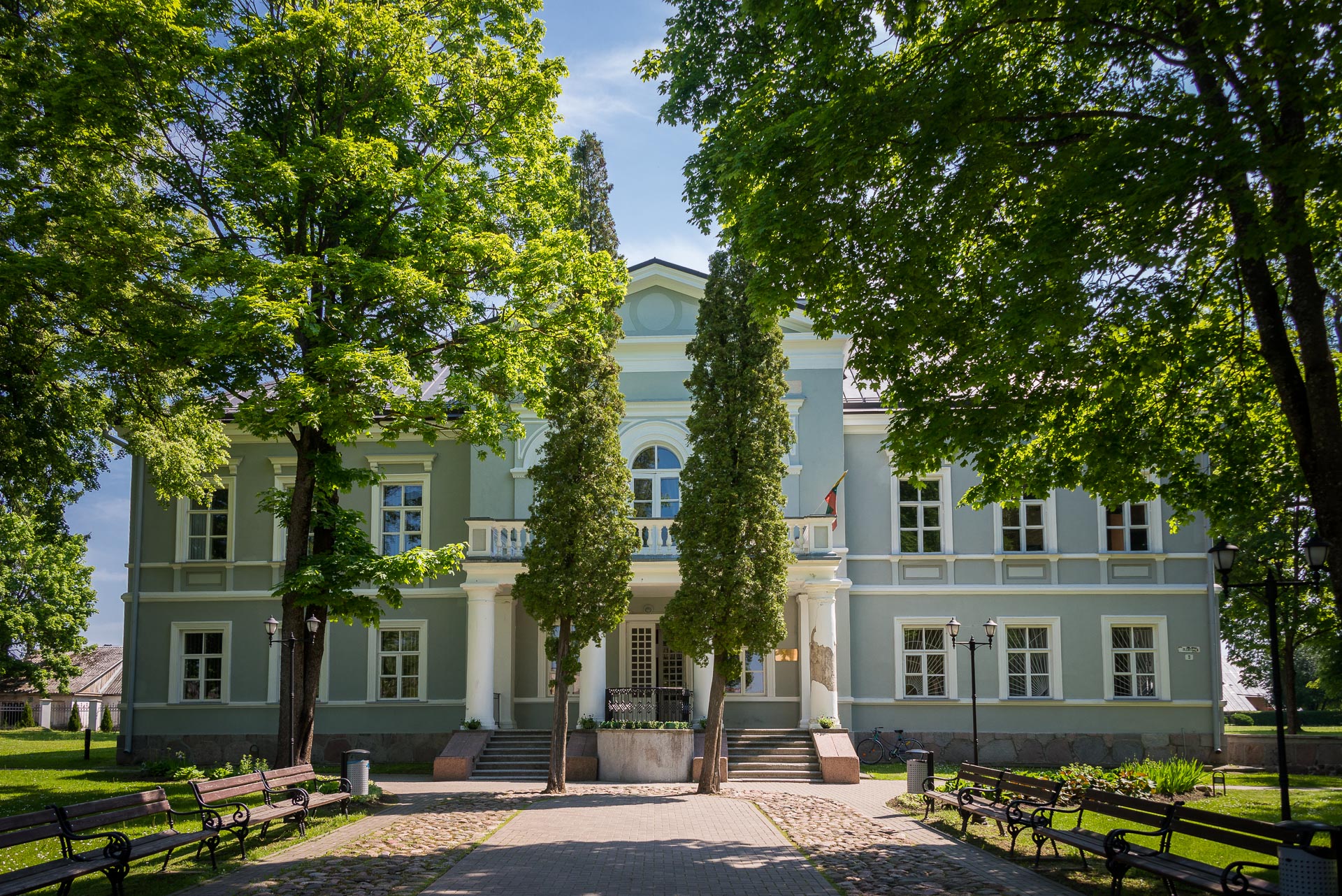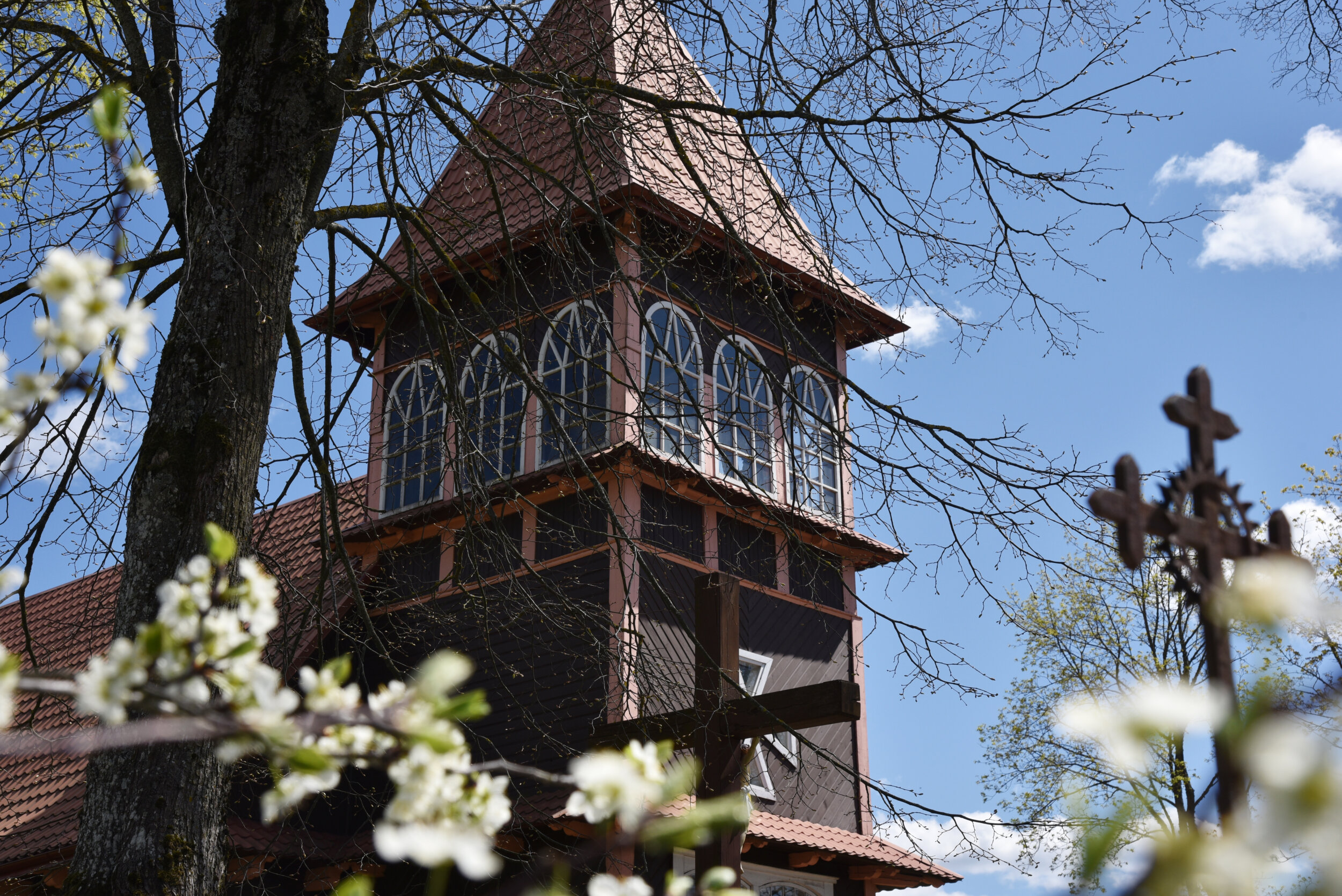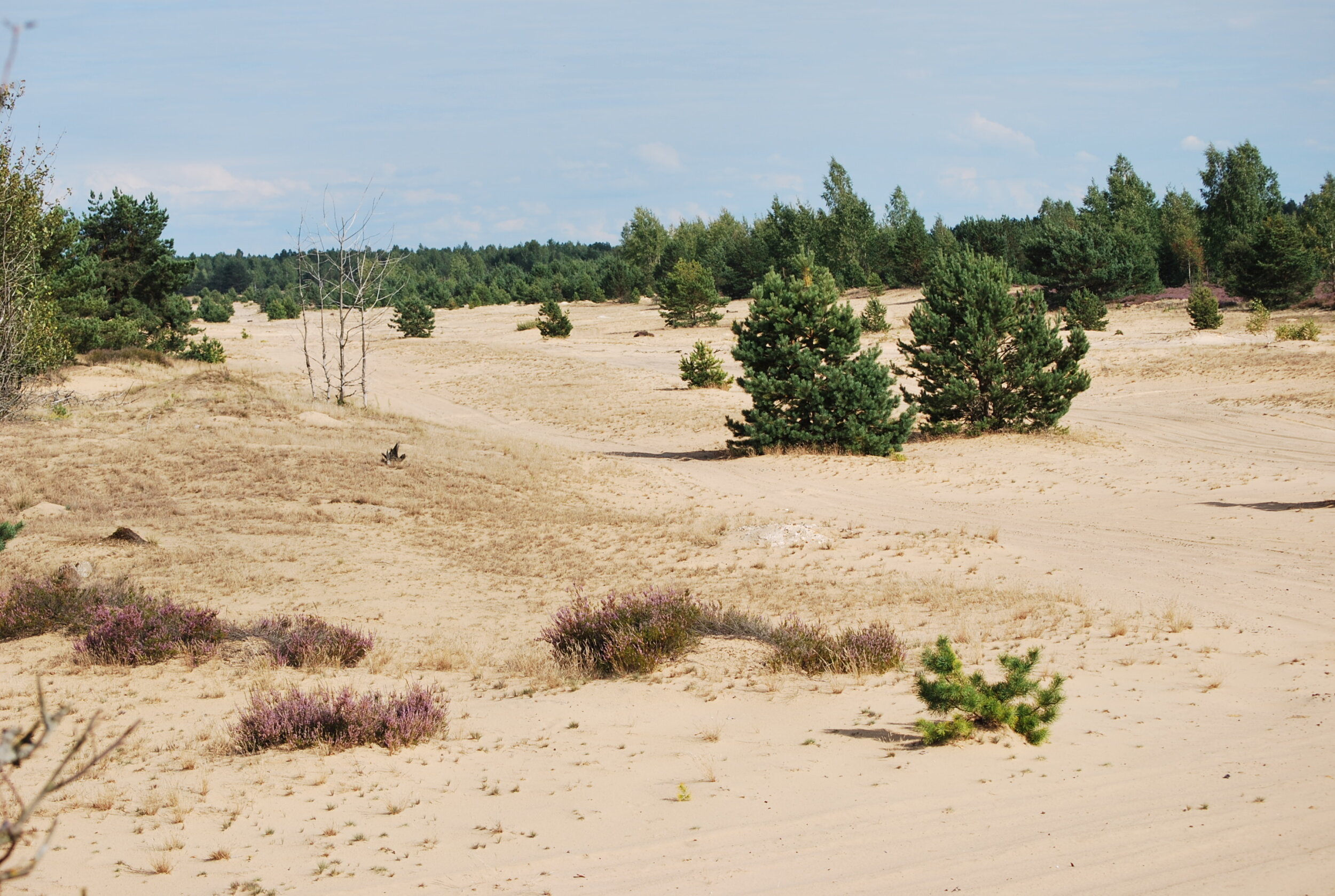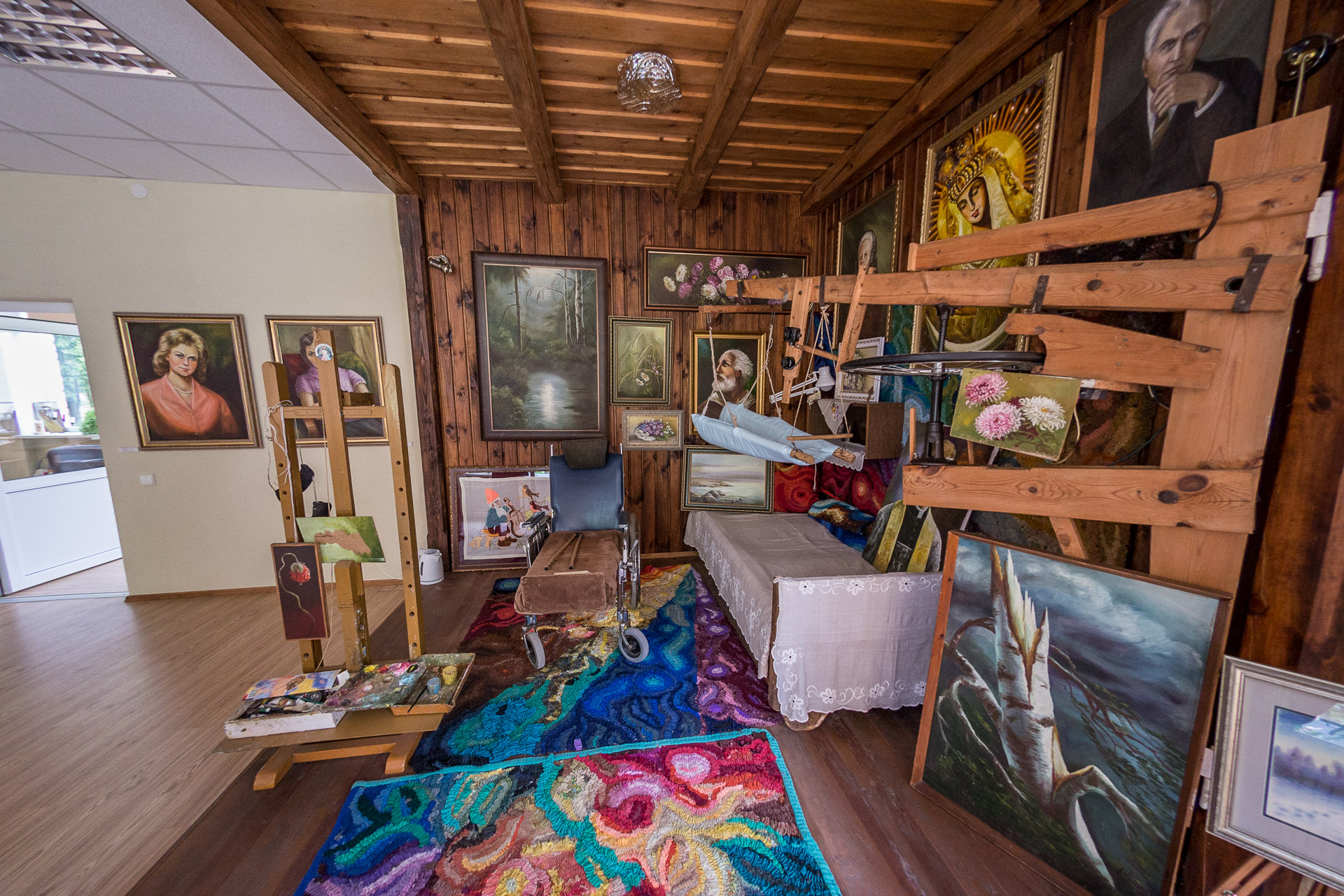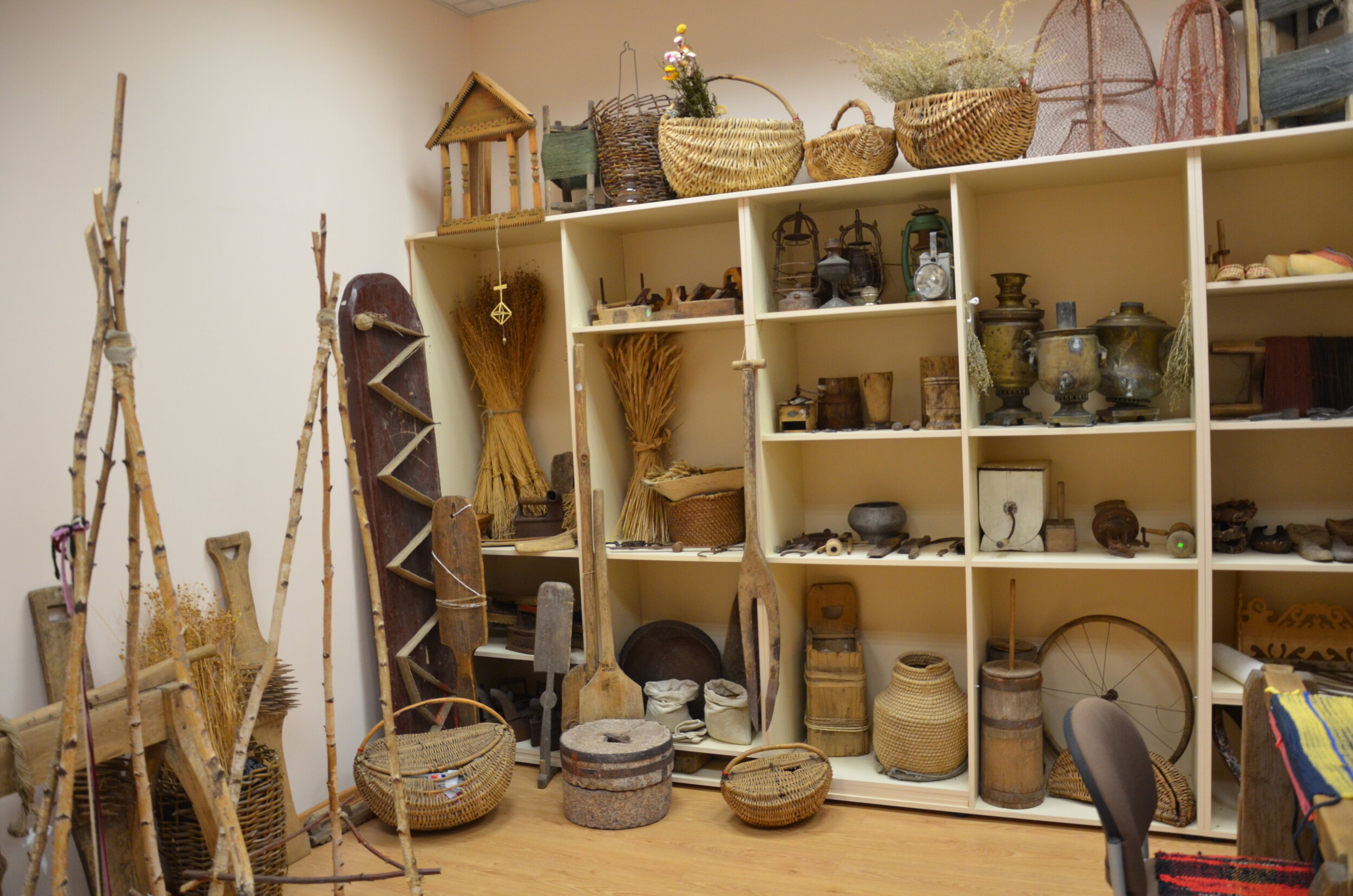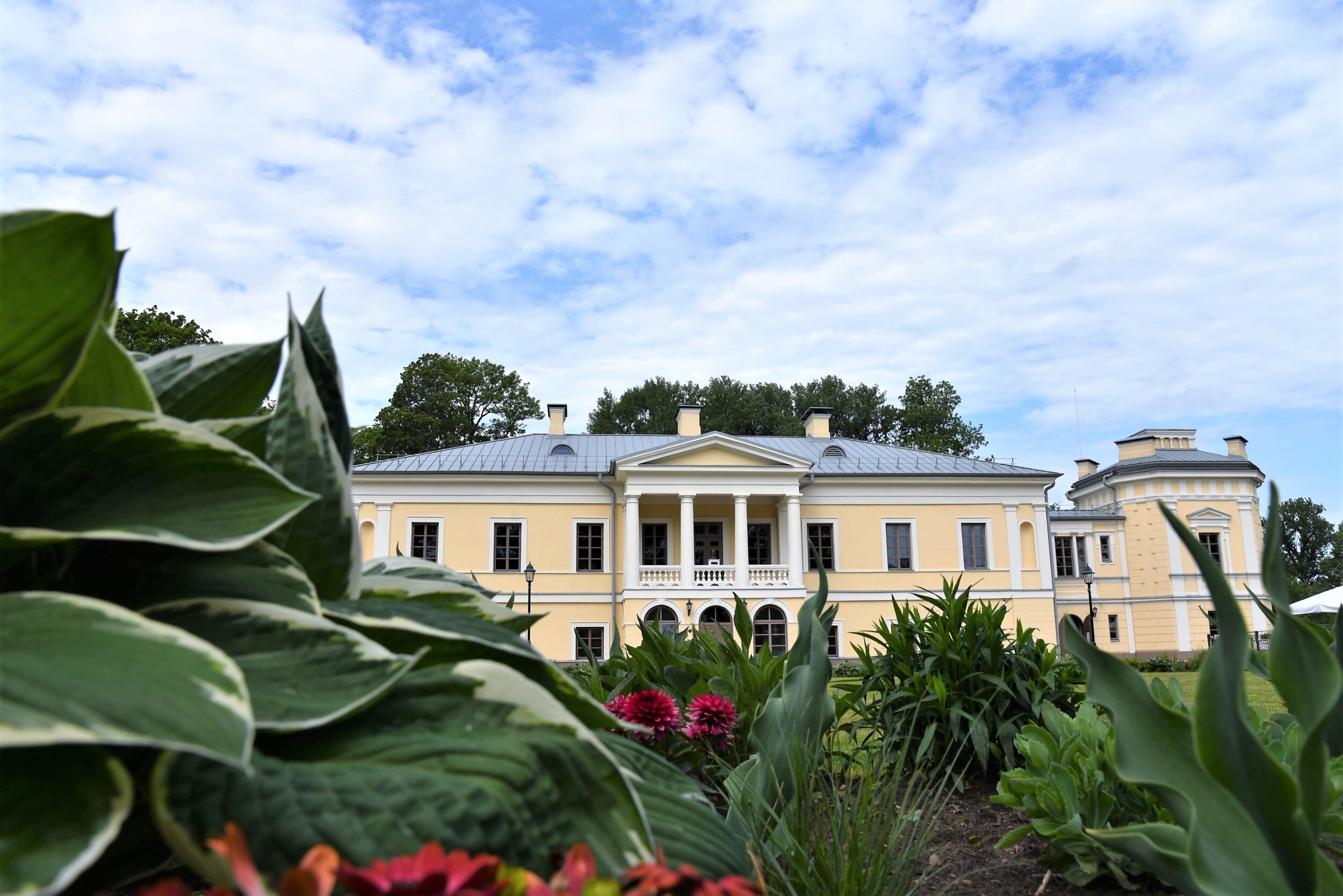Jašiūnai Manor Estate

315

1

0
Jašiūnai Manor Estate, once owned by the powerful Radziwiłł family, later passed to Ignacy Baliński and, after his death, to his son Mykolas. Between 1824 and 1828, the late neoclassical palace was built according to the design of a professor of architecture at Vilnius University. The estate also retains important buildings such as the office, stables with living quarters, and a folk architecture barn. Jašiūnai became a cultural center with industrial enterprises, including sawmills, a turpentine factory, and a blacksmith shop. The last owners were Aleksandras and Ana Peresvet-Soltanai.
Info
Whats new?
Nearby attractions
Nearest museums
Nearest food establishments translate this into LT

 Entertainment
Entertainment
 Sightseeing
Sightseeing
 Food establishments
Food establishments





























 54.433521, 25.299185
54.433521, 25.299185
 Get directions
Get directions








